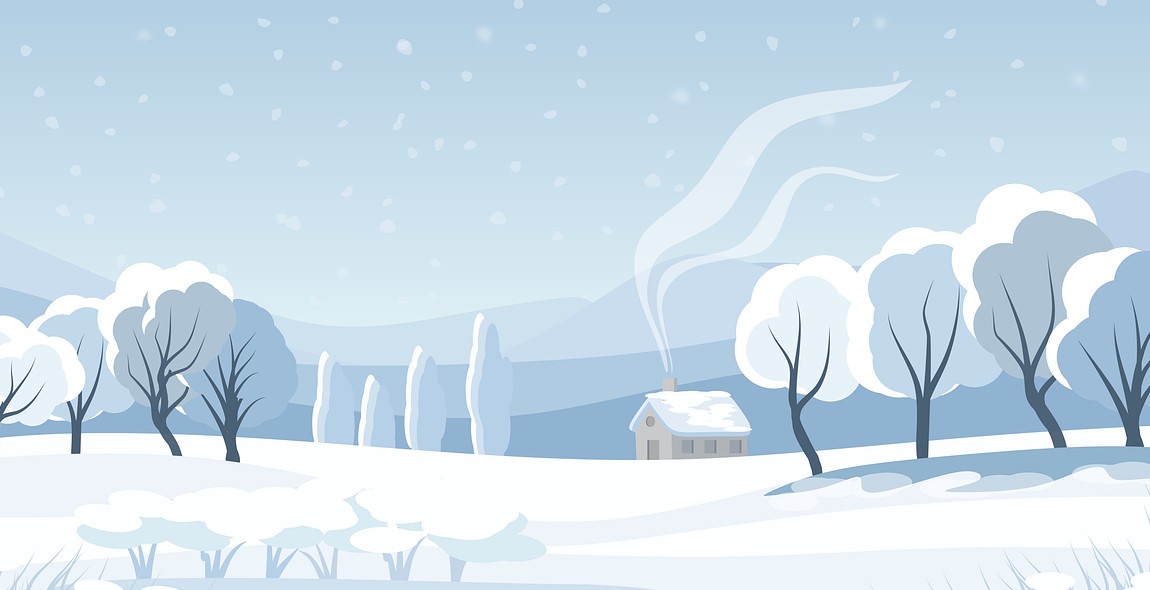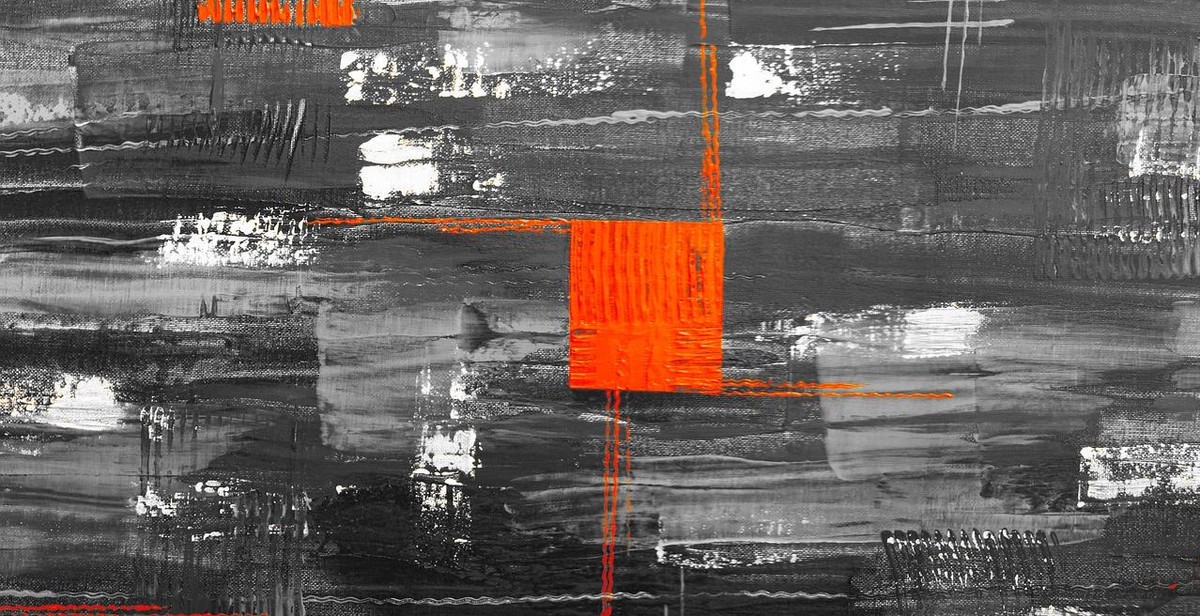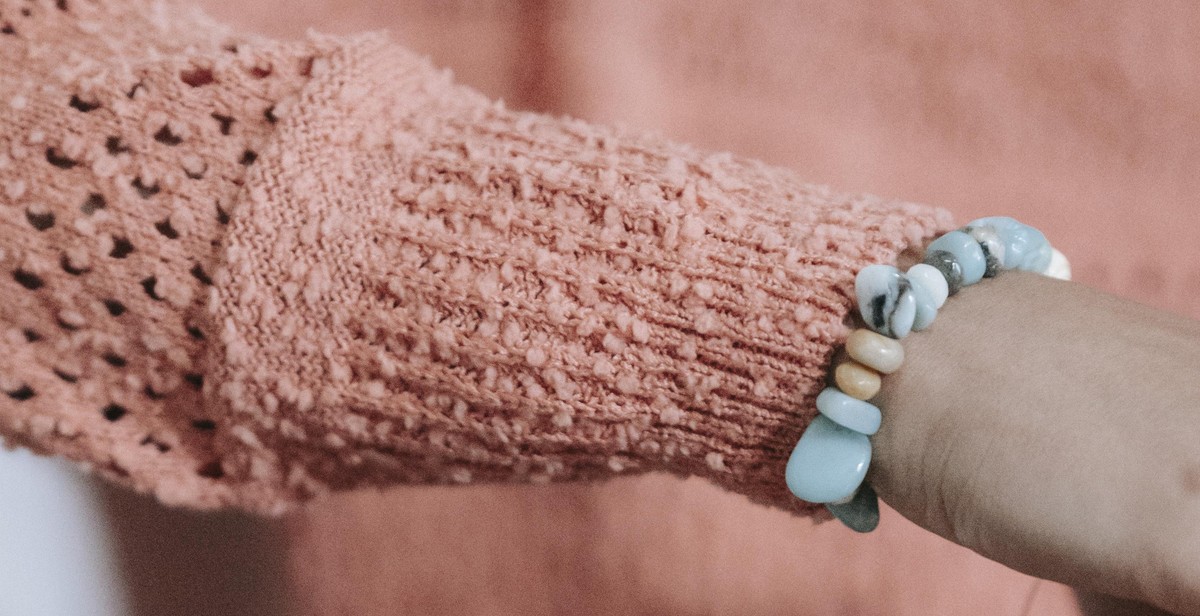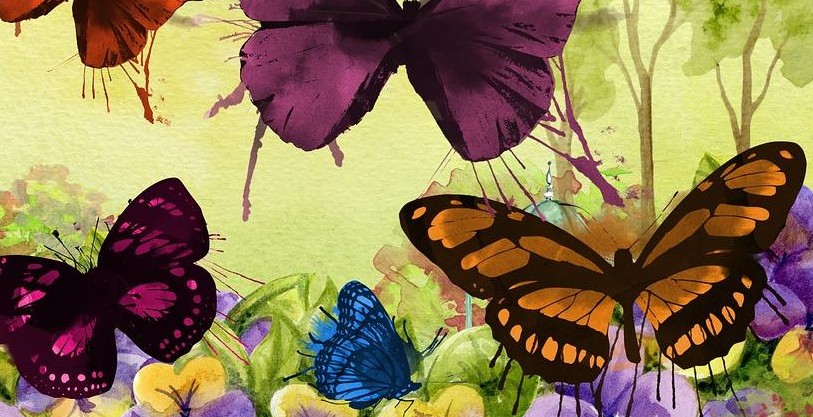Introduction
Nature has always been a great source of inspiration for artists. From the vibrant colors of sunsets to the intricate patterns of leaves, the beauty of nature can be expressed in many ways through art. Whether you are a beginner or an experienced artist, creating a nature-inspired artwork can be a rewarding and fulfilling experience.
In this article, we will explore some techniques for painting or drawing natural subjects. We will cover a variety of topics including choosing your subject, selecting your materials, and exploring different techniques to achieve the desired effect. Whether you prefer painting with watercolors, acrylics, or drawing with pencils, charcoal or ink, there are many ways to create stunning nature-inspired artworks.
Why Create Nature-Inspired Artworks?
Creating nature-inspired artworks can be a great way to connect with the natural world and express your creativity. It can also be a way to bring a little bit of nature into your home or workspace. Many people find that surrounding themselves with natural artworks can have a calming and soothing effect on their mood and overall well-being.
Additionally, nature-inspired artworks can be a great way to showcase your skills as an artist and create pieces that are truly unique and personal. Whether you are creating art for yourself or for others, the natural world can provide endless inspiration for your creativity.

Choosing Your Natural Subject
When it comes to creating nature-inspired artwork, the first step is choosing your subject. There are many natural elements to choose from, such as landscapes, animals, plants, and more. Here are some tips to help you select the perfect subject for your artwork:
Consider the Environment
The environment you are in can greatly influence your choice of subject. If you are surrounded by lush greenery, you might be inspired to paint a forest scene or a bouquet of flowers. If you are by the ocean, you might be drawn to painting a seascape or a school of fish. Take a look around you and see what speaks to you.
Selecting a Focal Point
Once you have a general idea of what you want to paint, it’s important to select a focal point. This is the main element of your artwork that will draw the viewer’s eye and create a sense of depth and perspective. For example, if you are painting a landscape, you might choose a mountain or a tree as your focal point. If you are painting an animal, you might focus on its eyes or its unique markings.
Finding Inspiration
If you are struggling to come up with a subject, try looking to nature for inspiration. Take a walk in the woods or by the beach and observe the natural elements around you. Look at photographs or artwork by other artists for inspiration. You can also try experimenting with different mediums to see which ones bring out the best in your chosen subject.
Remember, the most important thing is to choose a subject that speaks to you and that you are passionate about. This will help you create a piece of artwork that truly captures the beauty and essence of nature.
Preparing Your Materials
Before you start creating your nature-inspired artwork, it is important to prepare your materials properly. This includes choosing the right paper or canvas, selecting the right paints and brushes, and setting up your workspace.
Choosing the Right Paper or Canvas
Choosing the right paper or canvas is essential for creating a successful nature-inspired artwork. The type of paper or canvas you choose will depend on the medium you plan to use. For example, watercolor paper is ideal for watercolor paints, while canvas is ideal for acrylic or oil paints.
When choosing paper or canvas, consider the texture and weight. A textured surface can add depth and interest to your artwork, while a heavier weight paper or canvas can withstand the weight of heavier paints without warping or tearing.
Selecting the Right Paints and Brushes
The type of paints and brushes you use will also depend on the medium you plan to use. Watercolor paints, for example, require a different type of brush than acrylic or oil paints. It is important to choose high-quality paints and brushes to ensure the best possible outcome for your artwork.
Consider the color palette you plan to use for your nature-inspired artwork. Research the colors found in nature and choose paints that closely match those colors. This will help create a more realistic and cohesive artwork.
Setting Up Your Workspace
Setting up your workspace properly can make a big difference in the outcome of your nature-inspired artwork. Make sure your workspace is well-lit and free from distractions. Use a comfortable chair and table to avoid discomfort or strain while working.
Organize your materials in a way that is easy to access and use. This can include setting up a palette for your paints, arranging your brushes by size and type, and having a clean surface to work on.
By properly preparing your materials, you can set yourself up for success when creating your nature-inspired artwork.

Techniques for Painting or Drawing Natural Subjects
Sketching Out Your Composition
Before you start painting or drawing, it’s important to sketch out your composition. This will help you plan out the placement of your natural subjects and ensure that everything fits together harmoniously. Start with a rough sketch and use light lines to block out the basic shapes and forms of your subjects. This will help you get a sense of how everything will look together before you start adding color or detail.
Blocking in Colors
Once you have your composition sketched out, you can start blocking in colors. Use light washes of paint or soft pencil strokes to add color to your subjects. Don’t worry about adding too much detail at this point – the goal is to establish the basic colors and tones of your artwork. Keep in mind the lighting and shadows in the scene you are trying to depict.
Adding Detail and Texture
Once you have the basic colors blocked in, you can start adding detail and texture to your natural subjects. Use a variety of brush strokes or pencil marks to create texture and depth. Pay attention to the details of your natural subjects – the texture of tree bark, the veins in leaves, the feathers of a bird. Adding these details will help bring your artwork to life.
Creating Depth and Dimension
One of the key elements of creating a nature-inspired artwork is creating depth and dimension. Use a variety of techniques to create a sense of depth in your piece. This can include using light and shadow to create contrast, overlapping natural subjects to create depth, or using atmospheric perspective to create a sense of distance. Pay attention to the scale and placement of your natural subjects to create a realistic sense of space.
| Step | Technique |
|---|---|
| 1 | Sketch out your composition |
| 2 | Block in colors |
| 3 | Add detail and texture |
| 4 | Create depth and dimension |

Adding the Finishing Touches
Once you have completed the main elements of your nature-inspired artwork, it’s time to add the finishing touches that will bring your piece to life. Here are some techniques for highlighting and shading, adding final details, and signing and sealing your artwork.
Highlighting and Shading
Highlighting and shading can add depth and dimension to your artwork. Use a light source to determine where the highlights and shadows should be. For example, if the light source is coming from the right, the right side of the subject will be brighter, and the left side will be darker.
Use a lighter color to highlight areas that are hit by the light source, and a darker color to shade areas that are in shadow. Blend the colors together to create a smooth transition between the highlights and shadows.
Adding Final Details
Adding final details can take your artwork to the next level. Consider adding texture to create a more realistic look. For example, if you are painting a tree, add texture to the bark to make it look more lifelike.
Don’t forget the small details, such as individual leaves or blades of grass. These details can make a big difference in the overall appearance of your artwork.
Signing and Sealing Your Artwork
Finally, sign and seal your artwork to protect it and make it your own. Use a fine-tipped pen or brush to sign your name and date the artwork. This will make it easier to identify and track your work in the future.
Seal your artwork with a fixative spray to protect it from dust and damage. Be sure to follow the manufacturer’s instructions when using the spray.
With these finishing touches, your nature-inspired artwork will be complete and ready to display.

Conclusion
Creating nature-inspired artwork can be a fulfilling and rewarding experience for artists of all levels. Whether you prefer painting or drawing, there are numerous techniques and approaches you can use to capture the beauty of the natural world.
Begin by observing your surroundings and taking inspiration from the shapes, colors, and textures you see. Sketching or taking reference photos can also be helpful in developing your ideas and compositions. When it comes to painting or drawing, don’t be afraid to experiment with different techniques and mediums to achieve the desired effect.
Remember to always be patient and take your time with your artwork. Nature is a complex and intricate subject, and capturing its essence requires careful observation and attention to detail. Don’t be afraid to make mistakes or take risks – it’s all part of the creative process.
By incorporating natural subjects into your artwork, you can create pieces that are not only visually stunning but also meaningful and thought-provoking. Whether you’re a professional artist or just starting out, the techniques and tips outlined in this article can help you take your nature-inspired artwork to the next level.
So go ahead, grab your paints or pencils, and let the beauty of nature inspire you!
